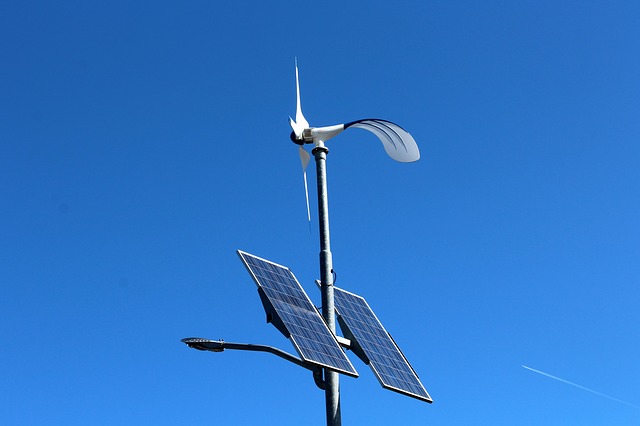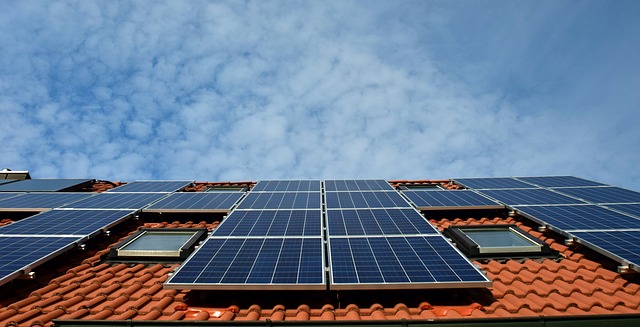Replacement of Lithium-ion Battery Cells- Replacement and Methods
Feb 21, 2020 Pageview:2074
How do you replace a lithium-ion battery cell?
Once you’re sure that your battery has served its life sentence and even after reviving it at the time it seemed dead, it finally expires, then that calls for a suitable replacement. The best thing you should do is carry the expired cells to the store and ask for a similar replacement. It would also be wise if you brought your device, if only it’s light and portable, to get better and more powerful alternatives.
Can lithium-ion batteries be repaired?
This question entirely depends on your perception of the word “repair” concerning batteries to be able to know whether or not the cells can be fixed. If, by repair, you mean fixing a battery that has been damaged physically, then No, you cannot repair the cell. The following are some of how a battery can be said to be destroyed:
If the battery came into contact with metal objects and short-circuited.
If the cells were handled or stored inappropriately and ended up leaking.
If the battery was crushed by a heavy object and is dented.
If the battery was submerged in water and short-circuited.
If the cells were exposed to high temperatures and raptured.
If the battery was mishandled and the terminals opened, or there was a hole ripped open.
These are some of the few ways in which a battery can be damaged beyond repair and any efforts made to fix it might make matters worse because such cells contain very reactive compounds that, when tampered with, can be harmful.
However, if, by the term “repair,” you mean fixing a dead battery and bringing it back to life, then Yes, it is possible to repair the cells. The procedure might be lengthy but if you follow every step at a time, you will find out that it can be straightforward to undertake.
Step 1. Take the voltmeter reading and jump-start the cells
If you happen to suspect that your batteries may be dead and require fixing, then the first thing you would be required to do is turning off the power source to the designated electronic device and extracting the batteries from it. You should then get a voltmeter and take the voltage readings of each cell to confirm your suspicions. Be aware of specific instances where lithium-ion batteries tend to go into sleep mode if you happen to drain the cells too much. This mode can usually be confused by many who assume that the batteries are dead and would, thus, make the wrong choice of disposing of them.
Sleep mode can be illustrated better when lithium-ion batteries are discharged inside the intended devices and after that, left to self-discharge further even after the user has completed his task with it. This might prevent the cells from being recharged and therefore, like a car battery, would need to be jump-started.
If your lithium-ion cell has been rated 3.7V, for example, but upon taking the voltage reading, the voltmeter indicates anything under 1V, then the battery may need to be repaired. You may want to do so by shocking the cells using another power source such as a fresh pack of batteries that contain the same voltage as the dead one. Another item that should be included in your requirement list is a pair of crocodile clips. Please start the process by connecting the ends of the clips to their designated terminals through a positive-negative connection to create a correctly functioning circuit. Leave the set-up in that state for about 15 minutes as you monitor it looking out for any warning signs such as overheating.
Once the 15 minutes are done, you are required to take another voltage reading upon where you will notice that the once dead lithium-ion battery has a higher voltage reading and can now accept charge.
Using a USB
If you prefer an alternative to jump-starting the battery, you can always consider using a USB cable. It would help if you got the cable, one of which you don’t use anymore, and cut off the shorter end of the cable that is usually plugged into the device and cutting out the insulation part thus, exposing the wires. Plugin the sizeable uncut portion of the cable into a PC or USB port that is connected to a reliable and stable power source, and carefully tapes the exposed live wires onto their designated terminals. Monitor the voltage of the battery as it charges for a while until you finally notice an improvement in the readings and then move on to the next step.
Step 2. Charge and discharge the battery
Take the lithium-ion battery and plug it into its designated charger then give it a full charge till it reaches 100%. This process may take time depending on the type of lithium-ion batteries you are trying to repair. To repair, you have to be patient because after dying, some cells may take as long as 5 hours to get to full charge capacity. After the battery has been fully charged, you are advised to unplug it from the charger and discharge it using a device that would put a heavy load on it.
Step 3. Freeze the battery
Once the battery is fully discharged, you should place it in an airtight bag, seal the bag and put it in the freezer for a maximum of 24 hours. Before doing this, be sure that there isn’t any moisture inside the bag to prevent the cells from getting wet and, thus, short-circuiting its way to damages. After the 24 hours are done, take the bag out of the freezer and leave it at room temperature for about 8 hours to defrost.
CAUTION: Never try to speed up the defrosting process by heating the battery or worse, place it in a microwave. This could endanger your life and that of the surrounding.
Once the battery temperature is similar to that of the room, you can then charge it typically using its intended charger as it will have improved its performance. You can then say to have repaired the dead battery.
Can you replace an NICD battery with a lithium-ion battery?
Yes, you can replace NICD batteries with lithium-ion cells only if they are of the same size. All you have to do is remove the old NICD batteries and insert the new lithium-ion batteries as they are both rechargeable battery types.
Conclusion
Lithium-ion batteries are a unique battery technology that has replaced many other battery types due to its many benefits. As much as there are developments on new cells claimed to replace them, lithium-ion is here to stay for a long while, provided we handle them appropriately.
Leave Message
Hottest Categories
-
Hottest Industry News
-
Latest Industry News












